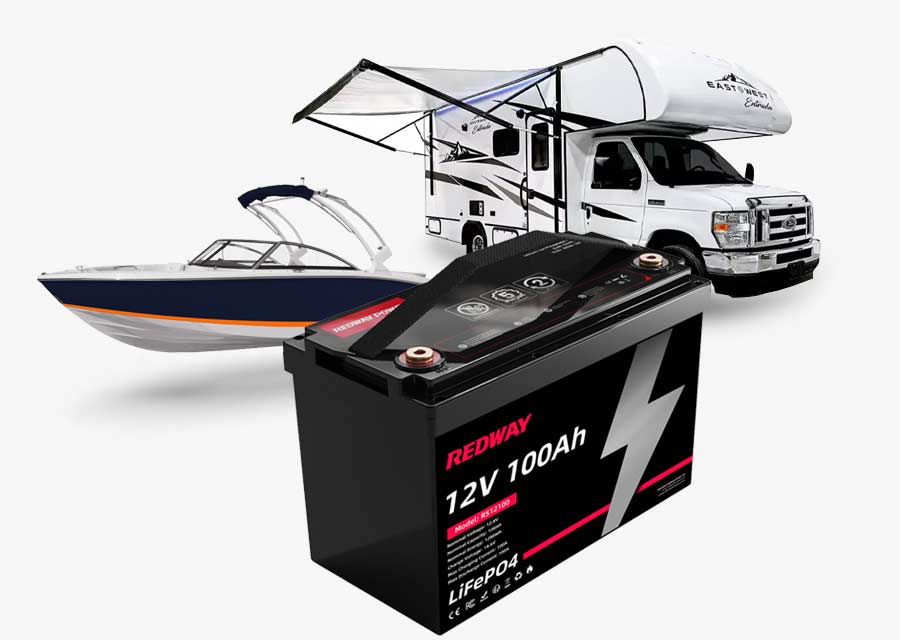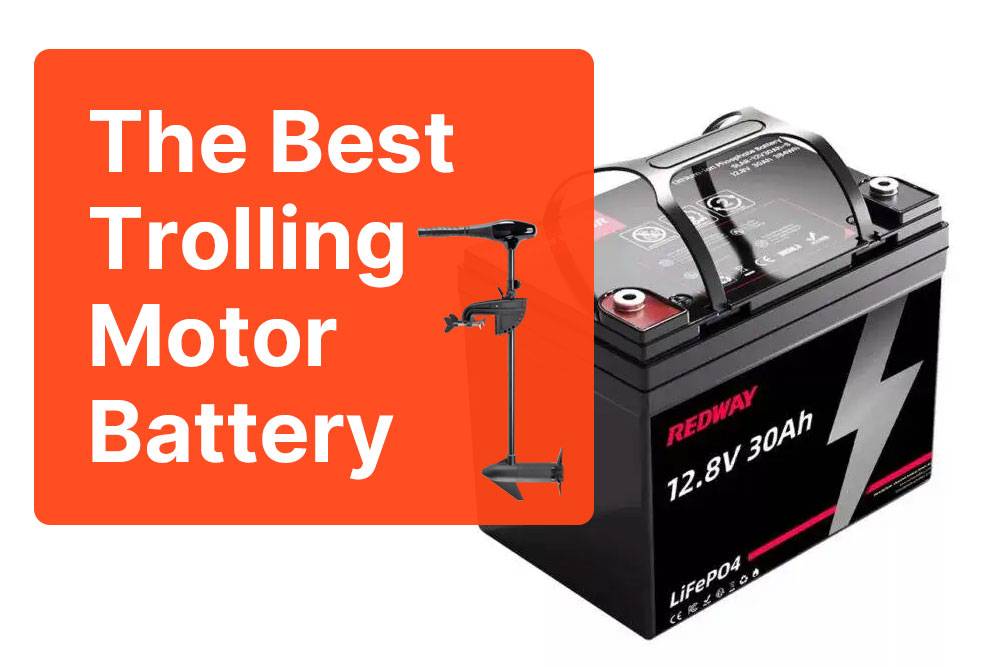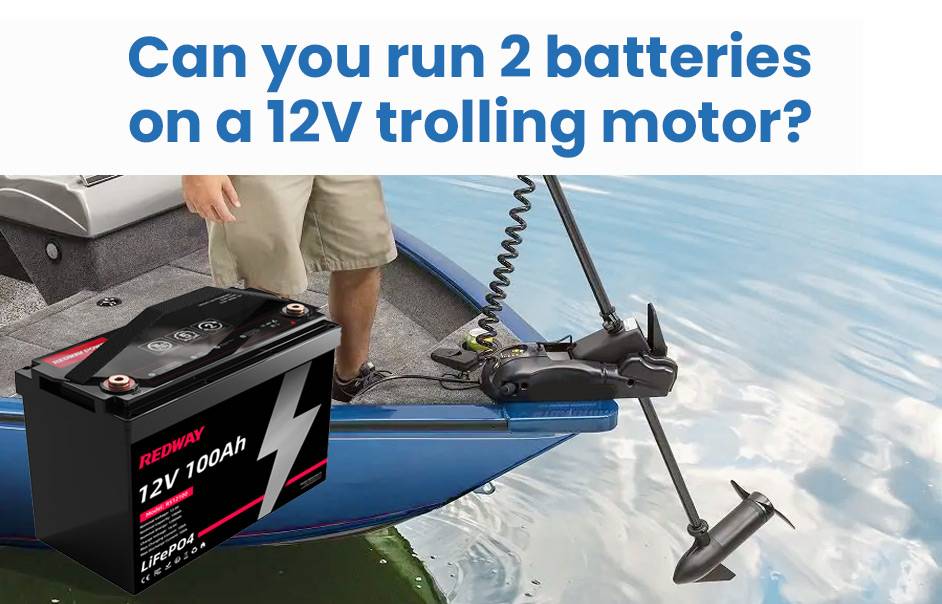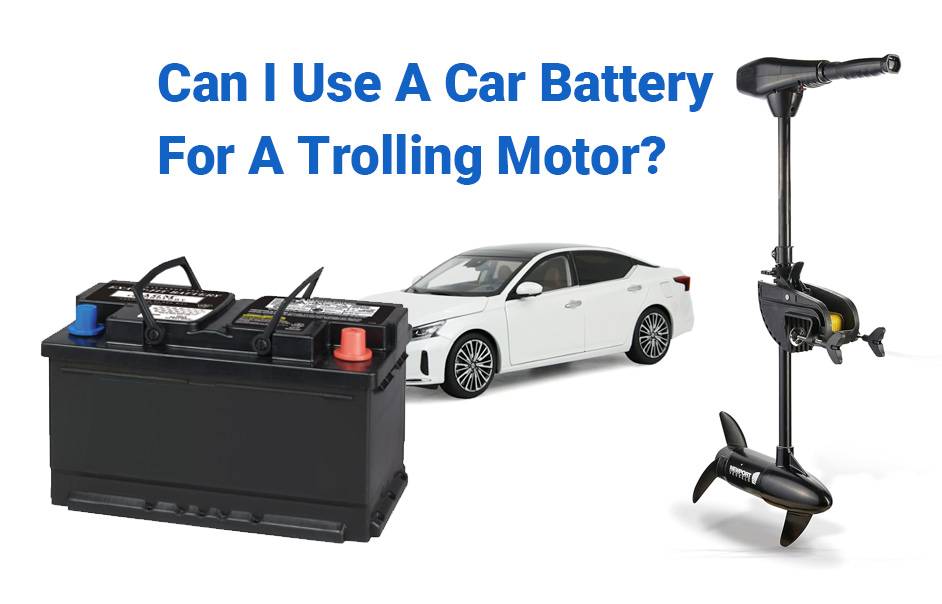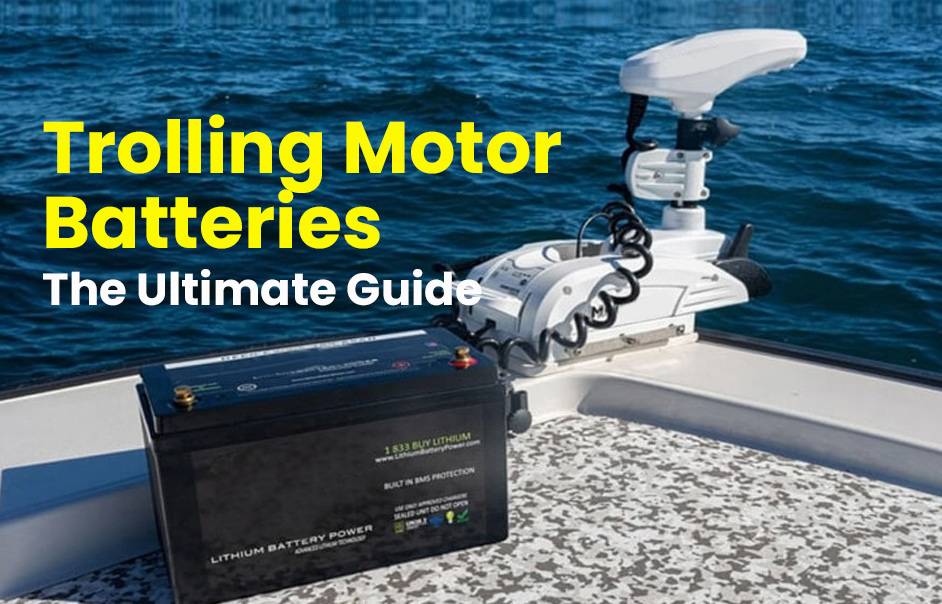Ready to upgrade your fishing game? Trolling motors are essential for navigating boats with precision and efficiency, especially for anglers. In this guide, we’ll simplify the process of choosing the right battery size for your 55 lb thrust trolling motor, ensuring optimal performance on the water. Get ready to enhance your fishing experience with our expert tips and recommendations!
Understanding the power needs of a 55 lb thrust trolling motor
Understanding the power requirements of your 55 lb thrust trolling motor is crucial for optimal performance during fishing trips. Here’s a breakdown of key considerations:
- Voltage Requirement: Check if your trolling motor operates on a 12-volt system or requires a higher voltage. Refer to the manufacturer’s specifications for clarity before choosing a battery.
- Amp-Hour (Ah) Rating: The Ah rating indicates how long a battery can sustain electricity output before needing recharging. Opt for a higher Ah rating for extended runtime.
- Battery Type: Decide between a deep cycle or dual-purpose marine battery based on your usage preferences. Deep cycle batteries are ideal for continuous use over longer periods, perfect for trolling motors.
Calculate your expected usage time considering factors like current draw and speed settings, then select a battery with sufficient capacity to meet those needs. By understanding and addressing these power requirements, you can ensure efficient operation of your trolling motor throughout your fishing trips.
Factors to consider when choosing a battery size
Choosing the right battery size for your 55 lb thrust trolling motor requires careful consideration of several factors to ensure efficient and effective power supply. Here’s a breakdown:
- Battery Type: Decide between deep cycle and cranking batteries based on your motor’s usage needs. Deep cycle batteries are suitable for continuous use, while cranking batteries are better for short bursts of high energy.
- Amp-Hour (AH) Rating: Look for a battery with a higher AH rating for more power storage capacity and longer runtime. This ensures your motor can operate smoothly for extended periods without running out of power.
- Voltage Requirements: Match the battery’s voltage to your trolling motor’s requirements. Most 55 lb thrust motors operate on 12 volts, but verify your motor’s voltage needs before selecting a battery.
Consider factors like weight, additional features, and technologies to make an informed decision that meets your specific requirements and enhances the overall performance of your trolling motor setup.
Recommended battery sizes for a 55 lb thrust trolling motor
Choosing the right battery for your 55 lb thrust trolling motor requires careful consideration of key factors to ensure optimal performance. Here’s what you need to know:
- Voltage Compatibility: Opt for a battery that matches your trolling motor’s voltage requirement, typically 12 volts for most 55 lb thrust motors, to ensure seamless operation.
- Amp-Hour (Ah) Rating: Look for a battery with a sufficient Ah rating, around 100Ah for moderate usage, to provide adequate energy storage for extended runtime.
- Consider Lithium-ion Batteries: While pricier, lithium-ion batteries offer advantages such as higher energy density and longer lifespan compared to traditional lead-acid batteries, making them worth considering for enhanced performance.
Selecting the right battery size based on these considerations ensures efficient power supply for your trolling motor, enhancing your fishing adventures on the water!
Tips for maintaining and prolonging battery life
Maintaining your trolling motor battery is essential for uninterrupted fishing trips. Here are some key tips:
- Proper Charging: Follow manufacturer instructions and invest in a smart charger to prevent overcharging.
- Correct Storage: Store the battery in a cool, dry place to avoid temperature damage.
- Monitor Voltage: Regularly check voltage levels to gauge battery health.
- Avoid Deep Discharges: Recharge before reaching critical levels to maintain performance.
- Clean Terminals: Keep terminals free from dirt and corrosion to ensure optimal power flow.
- Use Compatible Accessories: Avoid accessories that draw excessive power, preserving battery life.
Following these steps will help prolong the life of your 55 lb thrust trolling motor’s battery, ensuring smooth sailing on the water!
Conclusion and final recommendations
Choosing the right battery size for your 55 lb thrust trolling motor is vital for a smooth boating experience. Here’s our final recommendation:
- Opt for a deep cycle marine battery with at least 100 amp-hours capacity to ensure sufficient power during fishing trips without rapid depletion.
- Consider lithium-ion or AGM batteries for reduced weight and enhanced portability, especially if space is limited or if frequent transportation is involved.
- Follow maintenance tips like proper charging, avoiding deep discharges, monitoring voltage levels, and storing the battery correctly to prolong its lifespan and ensure reliable performance.
By adhering to these recommendations, you’ll be equipped for countless hours of hassle-free fishing adventures on the water!
